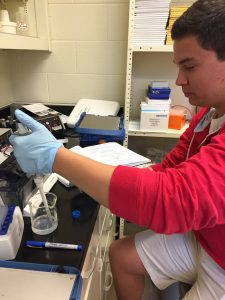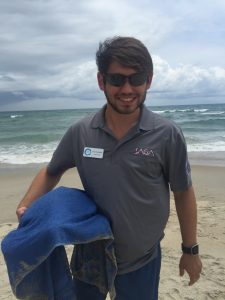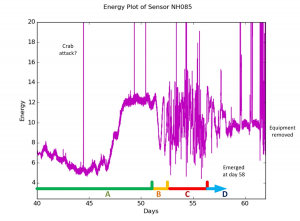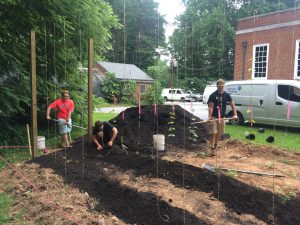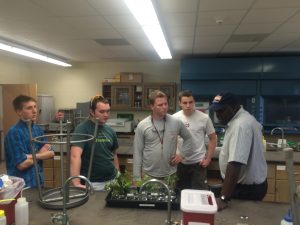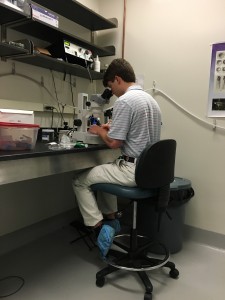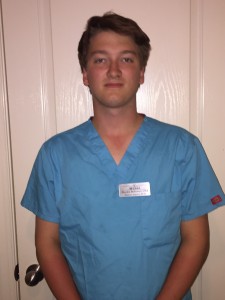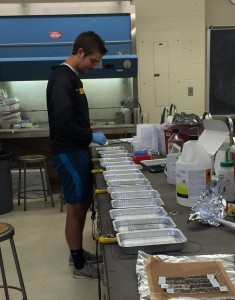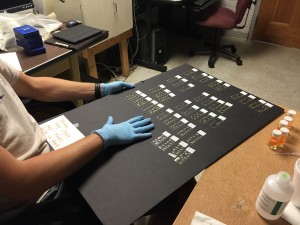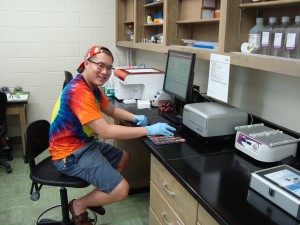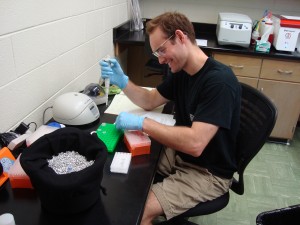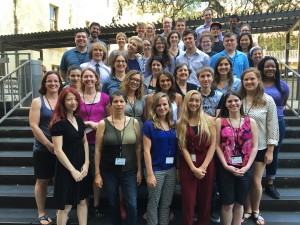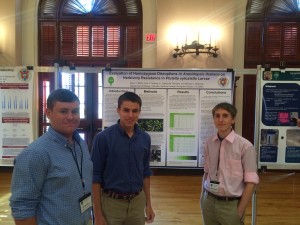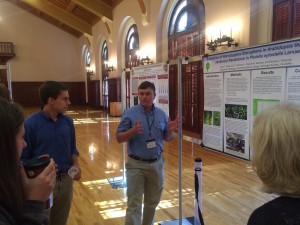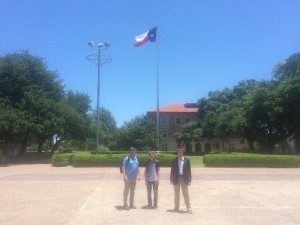This summer I am working with Dr. Clabough to identify a number of proteins that are vital to brain and neuronal development and may be affected by ethanol exposure. We are using a Fetal Alcohol Spectrum Disorders (FASD) mouse model and have chosen a paradigm that mimics a human third-trimester binge drinking session. Many FASD mouse models demonstrate neuronal deficits that persist into adulthood, though the specific actions of ethanol on the development of the nervous system are still not well understood, especially immediately after the ethanol exposure.
We have isolated protein from FASD and control mouse brains. We are using Western Blotting techniques to isolate specific proteins, such as Huntingtin, Brain Derived Neurotrophic Factor (BDNF), RE1-Silencing Transcription factor (REST), also known as Neuron-Restrictive Silencer Factor (NRSF), and others. We are using densitometry on ImageJ software to determine the relative concentrations of these specific proteins in important brain areas, such as the striatum and cortex.
We are hoping to find changes in the expression of these genes 24 hours after ethanol exposure, and possibly a molecular correlate to a changed striatal neuronal branching that we have also observed at this early time point. The branching of these neurons is of major concern so these neurons connect to transmit signals properly. Therefore, a change in neuronal branching may translate into a similar change in behavioral, motor, or overall cognitive function that can be seen in live models.
I have learned much about basic protein extraction and procedures by running Western Blots and interpreting results. The most important thing I have learned from this summer, is that Westerns rarely work. However, the problem solving skills I have learned from this have made me a better biologist and student in general. I cannot express my gratitude to both Dr. Clabough for all that she has taught me, but also to the Honors Council for allowing me to complete this research.

